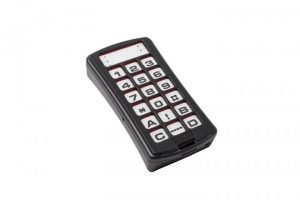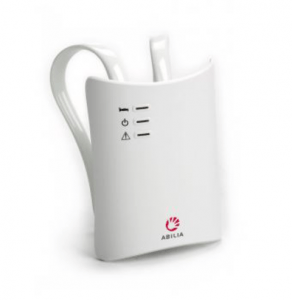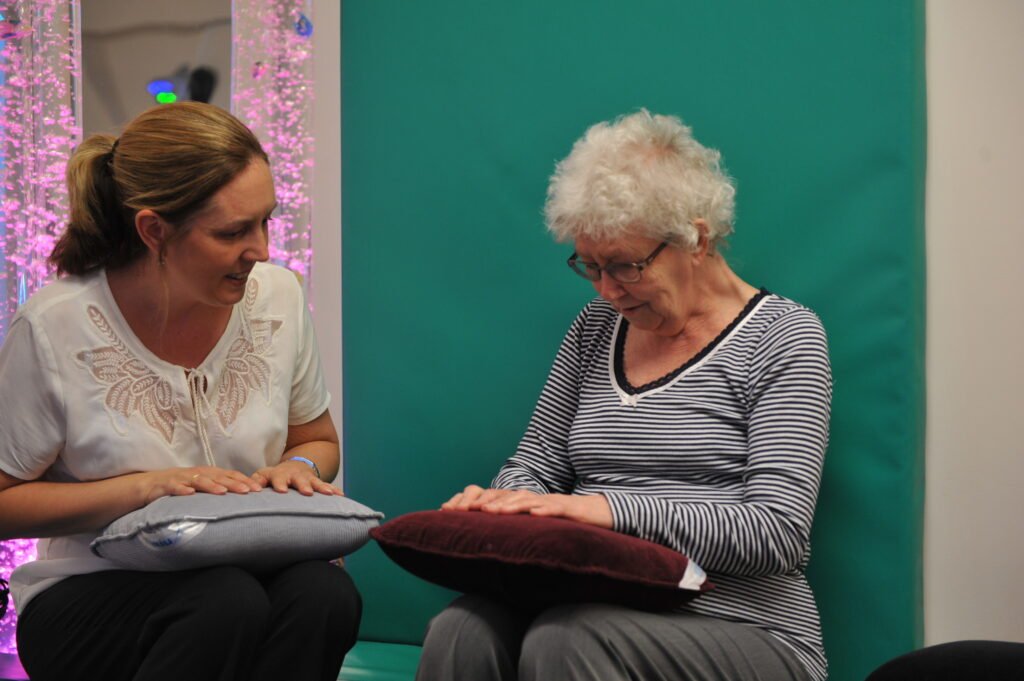People of the third age are a sensitive group of people who have to deal with various changes that occur in that period of life. Although aging is a normal physiological process, during this period the body's functions weaken and the risk of contracting some diseases increases.

The above can limit elderly people in their daily functioning, especially considering that many elderly people live alone, without the help of a spouse or family.
Assistive technology can help them lead independent and fulfilling lives.
Control units are devices that make it easier for people to control other devices in the environment. Using them, a person can control a television, lights, kitchen appliances, telephone, etc. with one device or switch. Andromeda Socket offers the possibility of wireless control of household appliances, while Control Medi Multi is a transmitter that perfectly fits the shape of the hand and requires only a light pressure of the finger, and can learn signals from almost all remote controls in the world. Big Jack IR-6SP is a large transmitter to which you can connect up to 6 switches and thus control television, lights, stereo, telephone, alarm and toys.

Abilia Emfit alarms
Emfit alarms are designed to notify family members or facility staff if a person has an epileptic seizure, leaves bed unaccompanied, or leaves bed and fails to return within a certain time. The Emfit Epilepsy Alarm is an alarm that registers every epileptic seizure of a person lying in bed, and at the same time records tonic-clonic seizures that last a certain time. The Emfit SafeBed Alarm is activated whenever a person leaves the bed and fails to return within a certain time, and the Emfit SafeFloor Alarm is specially designed for people who should not leave their bed or apartment unaccompanied, such as people suffering from dementia.

A sensory room is a multisensory space that is used to provide people with sensory integration difficulties with additional sensory stimulation or to reduce sensory stimuli. Although mainly used for children with sensory integration disorder or autism spectrum disorder, in Western countries sensory rooms are often used in homes for the elderly and infirm.

In sensory rooms, people with dementia can explore and stimulate all five senses in a safe environment. In them, people can be calmed down or stimulated, depending on their needs. Combinations of light, movement, music and tactile objects can stimulate a sense of comfort and well-being, relieve stress and pain, and increase a person's concentration. All of the above can facilitate memory and communication for people with dementia. There is also the possibility of individualizing the sensory room in such a way that it is enriched with familiar objects from everyday life, interesting smells and textures, natural materials, sounds and visual stimuli.

A sensory room can improve mood, boost confidence and promote a sense of well-being, not only for people with dementia, but also for people who have suffered brain injuries or suffer from chronic pain.
The goal of sensory stimulation is to reduce anxiety and depression, increase enjoyment in everyday life and facilitate social interaction for the elderly with the closest people in their environment, thereby increasing the quality of life of both the elderly and their entire family.
